Fenestration at HLZAE
February 1, 2023
With a full team of staff to support, HLZAE offers expertise for all types of fenestration restoration, remediation, and replacement projects. Fenestration, while sometimes overlooked, is a critical component of building facades that contributes to the safety and performance of the greater building envelope, improved building efficiency and reduced carbon load, and can significantly improve comfortability in the interior environment.
Get to know some of our important team members:
- Daniel Burlew, Senior Project Manager
- Lauren Printz, Associate Director
- Justin Shea, Associate Director
- Joseph Nevins, Director
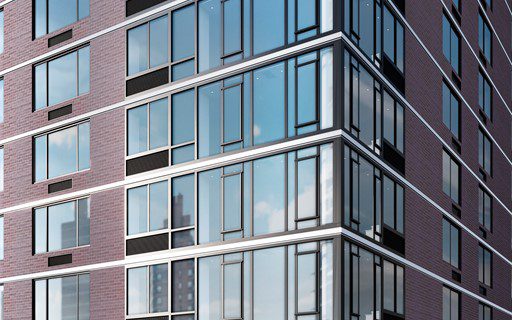
What is Fenestration?
Here’s what you need to know:
When approaching façade design for maximized building efficiency and comfort, envelopes should be considered a homogenous system that encompasses a building’s structure; the quality of the assembly and installation impacts the envelope’s performance against environmental conditions. Since interior spaces require light and fresh air for building occupants, openings are required in most building envelopes. Ideally, openings should be considered no different from the greater surrounding envelope, so openings should perform as well or exceed the adjacent envelope for maximum safety and comfort for the occupants inside.
Originating from the Latin word ‘fenestra’ (meaning “window”), fenestration refers to any and all glazed openings in a building envelope or large-scale glazed envelope assemblies. Openings typically refer to windows, doors, and skylights, where glazed assemblies refer to window walls, storefront systems, and curtain walls. Each of these elements or assemblies can be customized according to the building’s requirements, whether that be fire protection, improved thermal performance, or adherence to a historic aesthetic.
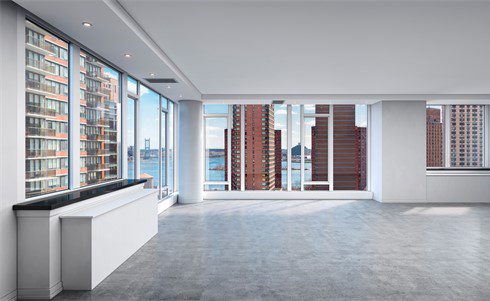
Doors
Doors are an important component to occupant health and life safety as they are the building mechanism for egress and exit discharge – their function is to facilitate a safe exit from the building to the public right of way in the event of an emergency. Doors also serve as entrances to buildings, spaces, and other accessible areas. In residential and commercial settings, there are 3 common types of doors:
- Swing doors – serving entrance and exit purposes, typically egress or other
- Sliding doors – serving entrance and exit purposes for private use only, non-egress
- Revolving doors – serving high occupancy entrance and exit purposes, non-egress
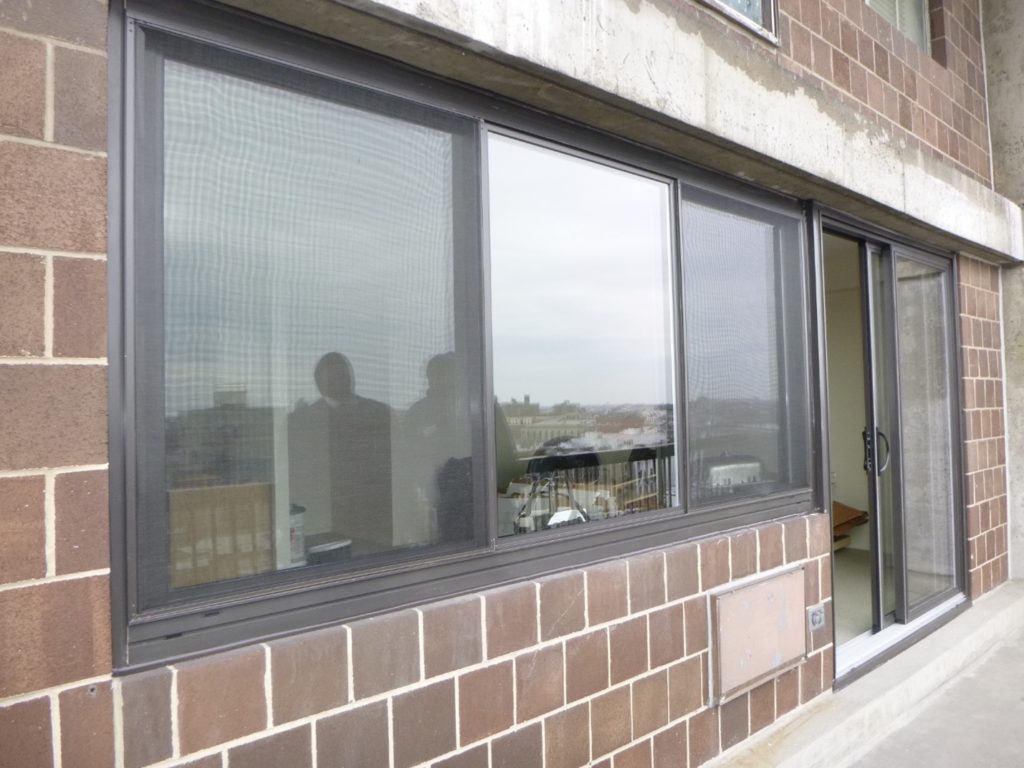
Before performance and aesthetics are considered, doors must first be carefully selected for public safety considerations if certain protections are required (high occupancy egress, fire rating considerations, etc). Outside of egress requirements, doors should be considered a component of the building envelope and should perform as well as the surrounding façade. Doors are commonly made of steel, aluminum, glass, or wood, depending on the project requirements.
Windows
Windows are openings in building facades that can allow light transmittance and fresh air intake if operable. As windows are typically not main components of egress (there are exceptions in certain occupancies/use groups), more focus can be shifted to thermal performance if life-safety measures are not required. Windows performing at or above the level of the surrounding building façade can make a positive impact on interior comfort and improve building efficiency; the configuration and glazing can be designed so as to reduce heating and cooling loads of a space or building. Window and envelope performance should be considered alongside the current or proposed heating and cooling system to optimize systems efficiency, which can reduce both carbon emissions and operating/maintenance costs.
Aside from performance, windows can be customized for historical considerations and design aesthetics. Historically, windows were constructed of smaller, thinner glass panes separated by wood muntins and frames. As building technologies advanced, windows became larger constructed of multi-layer, thicker panes of uninterrupted glass with large sash and frame sizes. Today, many options for performance, design, and aesthetics are available, dependent on the capacity of the manufacturer. Common window frame materials include steel, aluminum, wood, steel and vinyl, and typical options for glass include annealed (float/flat), tempered, heat-strengthened (compressed), laminated (safety glazing), and ceramic or intumescent glass (fire rated).
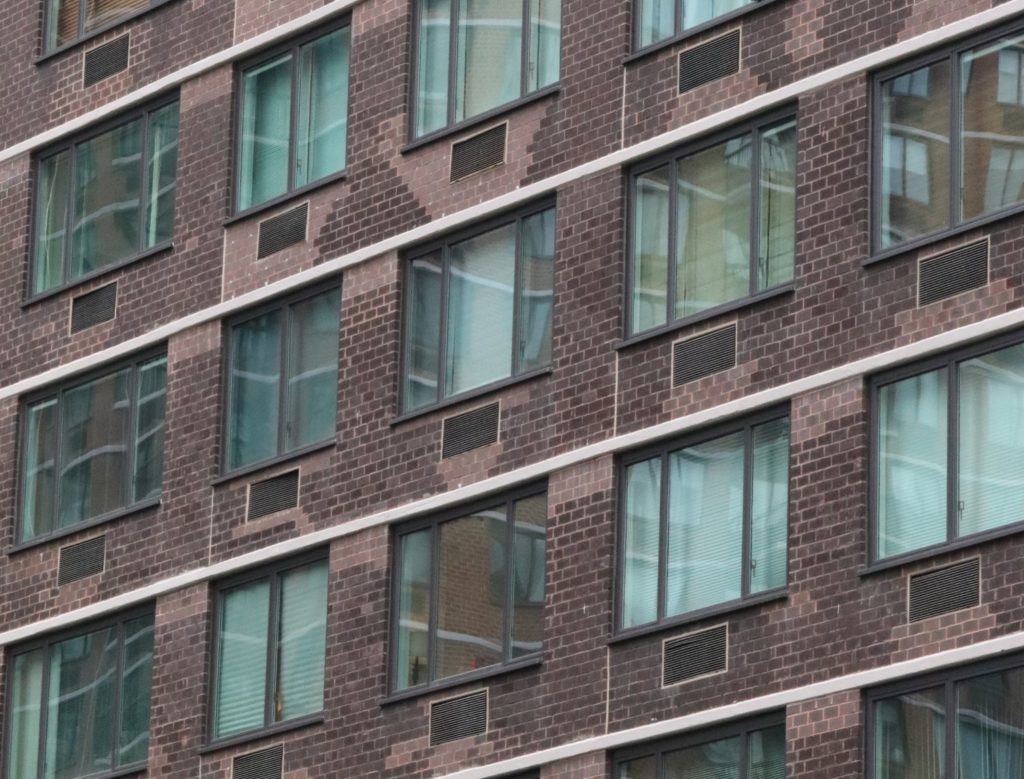
Depending on code requirements and application, windows can be operable or fixed:
A fixed window is a stationary glass and frame assembly that does not open. Fixed windows typically allow for larger uninterrupted openings due to the non-operation, which can result in less maintenance and repair over time. Fixed windows are suitable for applications where ventilation is adequate through other operational/mechanical sources or is not needed. Fixed windows are commonly included in a multi-configuration assembly; common applications of a fixed window include serving as a top or bottom transom or flanked between two operable sashes.
Operable windows are glass and frame assemblies with operational components, called a sash. Operable windows can come is several different configurations, usually grouped in families: hung windows and sliders, swing/casement, or projection-style.
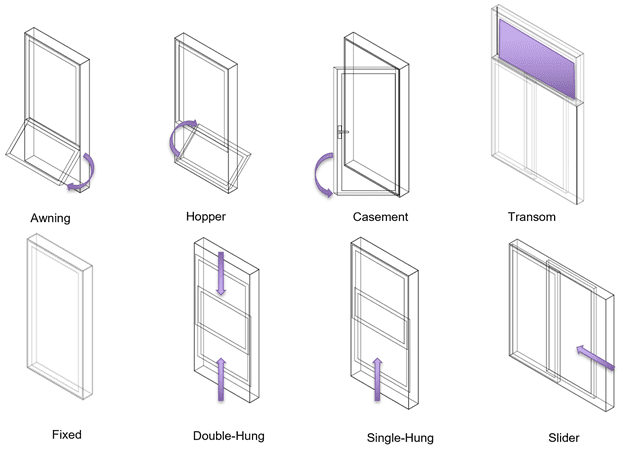
Skylights
Similar to windows, skylights are vertical or horizontal punched openings in roof surfaces, used for providing daylight and ventilation if operable. Given their installation in roof applications, careful consideration must be taken to ensure the skylight is weathertight and specified to the correct performance prescription – roof surfaces take on the greatest amount of solar gain and as such, glazing assemblies must respond accurately. Additionally, they take on the greatest precipitation loads like rain and snow. Like windows, skylight must be designed with consideration to existing/proposed HVAC systems.
If skylights are being added to an existing structure: the roof construction, loading, and condition must be assessed as well; skylights will add weight or may require reconfiguration to the roof structure. If skylights are specified to be walkable, additional measures must be added to the structural frame and glass of the skylight, and careful detailing of the skylight’s attachment is required. Full-depth waterproofing measure are encouraged at all skylight perimeters.
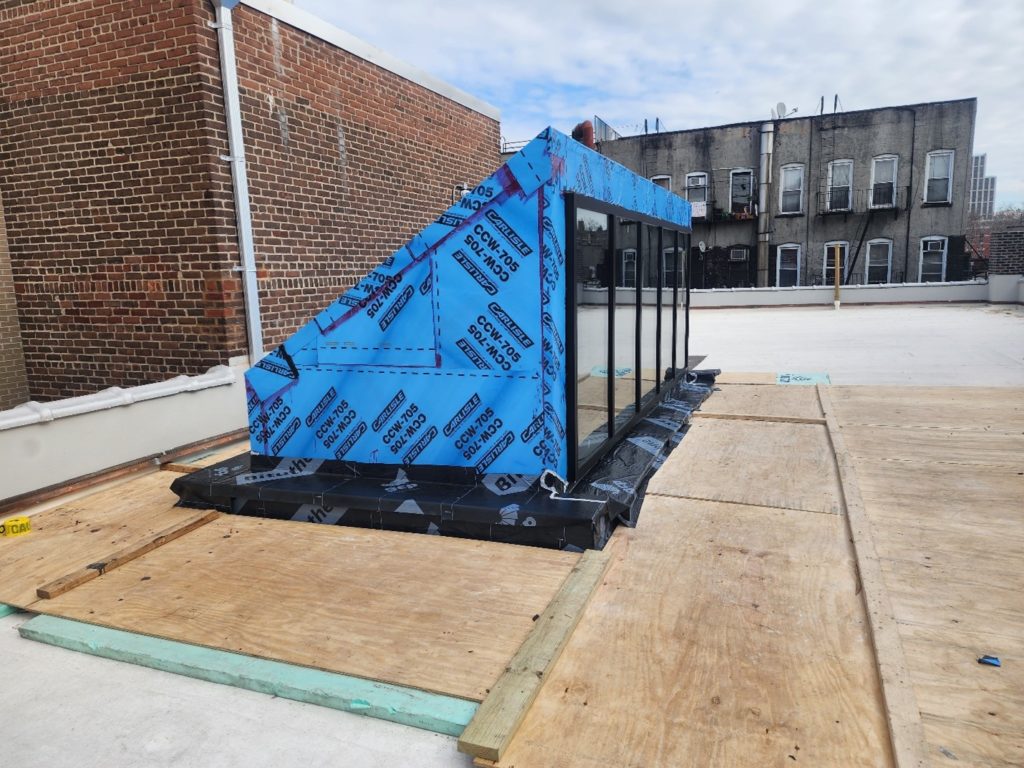
Curtain Walls
Curtain Walls are ‘metal and glass curtains’ that drape over a building structure, meaning they encompass the entire building structure and influences its form, but are thin and lightweight and attach to the structure at the outside plane. Curtain walls are typically multi-story and are accurately associated with urban commercial properties and skyscraper construction. This trend in exterior configuration resulted in a continuous, lightweight envelope because it bypasses the floor plates and does not carry any floor or roof loads. The wind and gravity loads applied to curtain walls are transferred to the building structure, usually at the floor line. Curtain walls can vary from manufacturer’s standard catalog systems (pre-fabricated, cost effective) to specialized custom designs (long lead times, expensive).
Based on their fabrication and installation techniques, curtain walls are classified into 2 categories:
- Stick System: May be defined as non-load bearing walls, usually suspended in front of structural steel or concrete framing. The term “stick” refers to the factory-cut mullions and transoms which are transported to site as loose bars and sticks.
- Modular System: Based on the design and use of systems composed of separate repetitive elements (standard units), which are similar in size, shape and functional nature. These can be linked up to each other, be replaced or added.
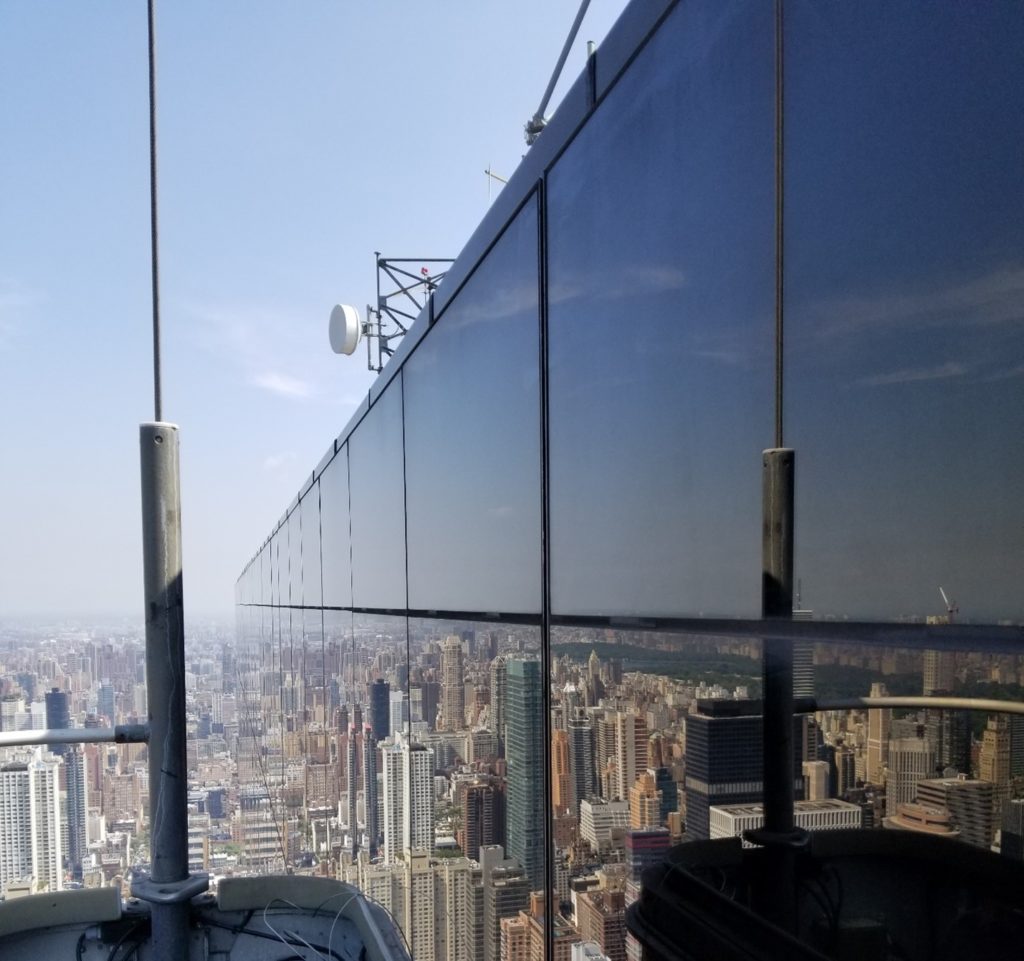
How HLZAE can help
Fenestration is a critical component for review regarding NYC FISP 1 RCNY §103-04 (LL11), it is a part of the envelope that can influence building safety and filed status. Currently, all buildings in the five boroughs over six stories will have the fenestration components inspected and reported as part of the FISP program.
With the introduction of The Climate Mobilization Act (LL97) fenestration will be on the radar for emissions scoring due to their impact on building performance and efficiency rating. Improved envelope performance, which can be a combination of proposed fenestration and HVAC upgrades, will result in a reduction of carbon emissions; in turn, this results in a higher efficiency rating. A poor score or rating noncompliance will leave buildings susceptible to violations and costly fines.
City mandates aside, issues with fenestration can impact life safety of the public and/or occupants, and improperly operating and/or performing windows can negatively impact a resident’s living experience. With improved design and thermal performance, resident’s comfort can improve significantly, which in turn can reduce heating/cooling costs. Improved design and fenestration performance is also known to increase property value.
With over 20 years of experience and a wealth of subject experts under one roof, HLZAE provides expertise at any stage of your project, from design to execution. Let us be your go-to experts for all your building’s needs!
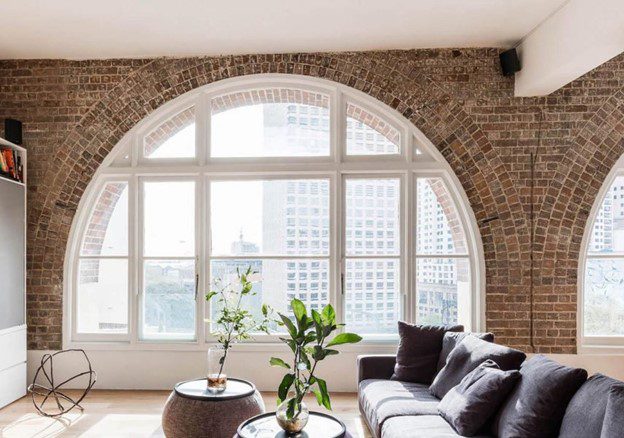
Recommended Articles
Sorry, we couldn't find any posts. Please try a different search.